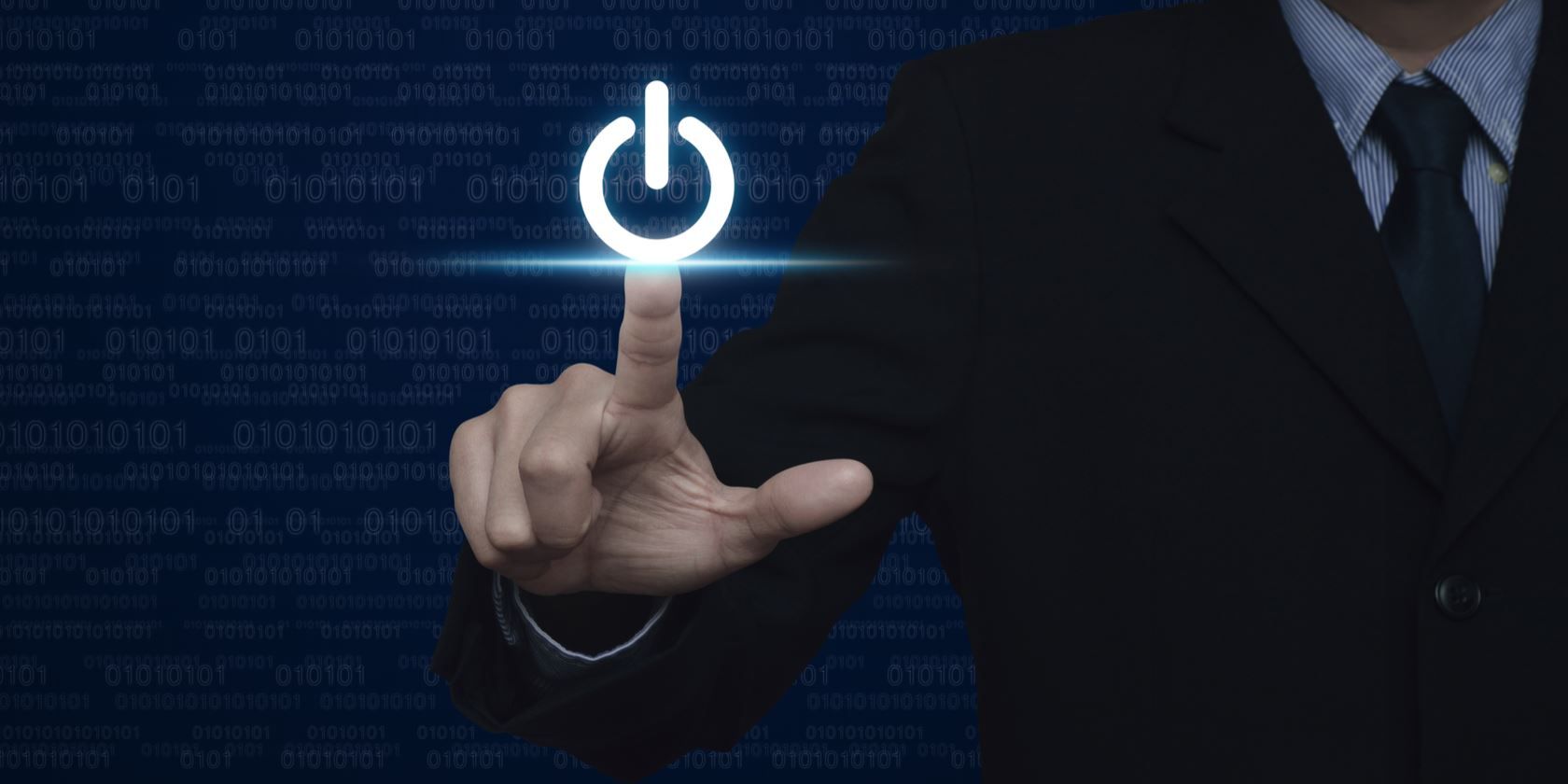You've surely used the power menu in Windows 10 to shut down your computer or put it to sleep. But did you know that you can also use the physical power button on a desktop or laptop for different functions?
By default your power button will shut down your computer, but you can change it to turn off the display instead.
Right-click on the Start Button to open the Power User Menu. Choose Power Options and the Settings app will open. Under Related Settings, click Additional power settings to open the Control Panel entry Power Options. Here, you should find a link to Choose what the power buttons do in the left sidebar -- choose that to open the relevant menu.
Now, you'll see a few fields labeled When I press the power button and When I press the sleep button. If you're on a laptop, When I close the lid also appears here. For each, you can change the default behavior (Shut down and Sleep respectively) to a different action. These include Hibernate, Do nothing, and Turn off the display.
Pro Tip: Learn the differences between sleep and hibernate modes.
It's the last one we're interested in, but which button to choose depends on your computer. Not many computers have a dedicated physical sleep button, and the only other place you'll find one is on certain keyboards. Unless you have either of those, we recommend changing the power button to Turn off the display. This is especially useful for laptops so you can quickly shut off the screen and save battery power.
Even if you choose this, pressing and holding the power button for a few seconds will still perform a hard shutdown on your PC, so you don't have to worry about losing that functionality.
After some more tips? Find out how to keep your Windows laptop awake with the lid shut.
Image Credit: By grapestock via Shutterstock

